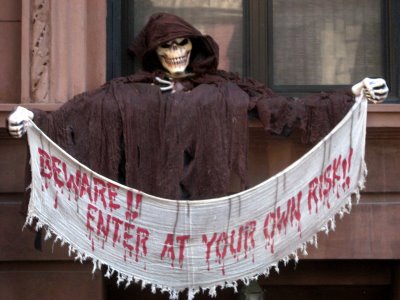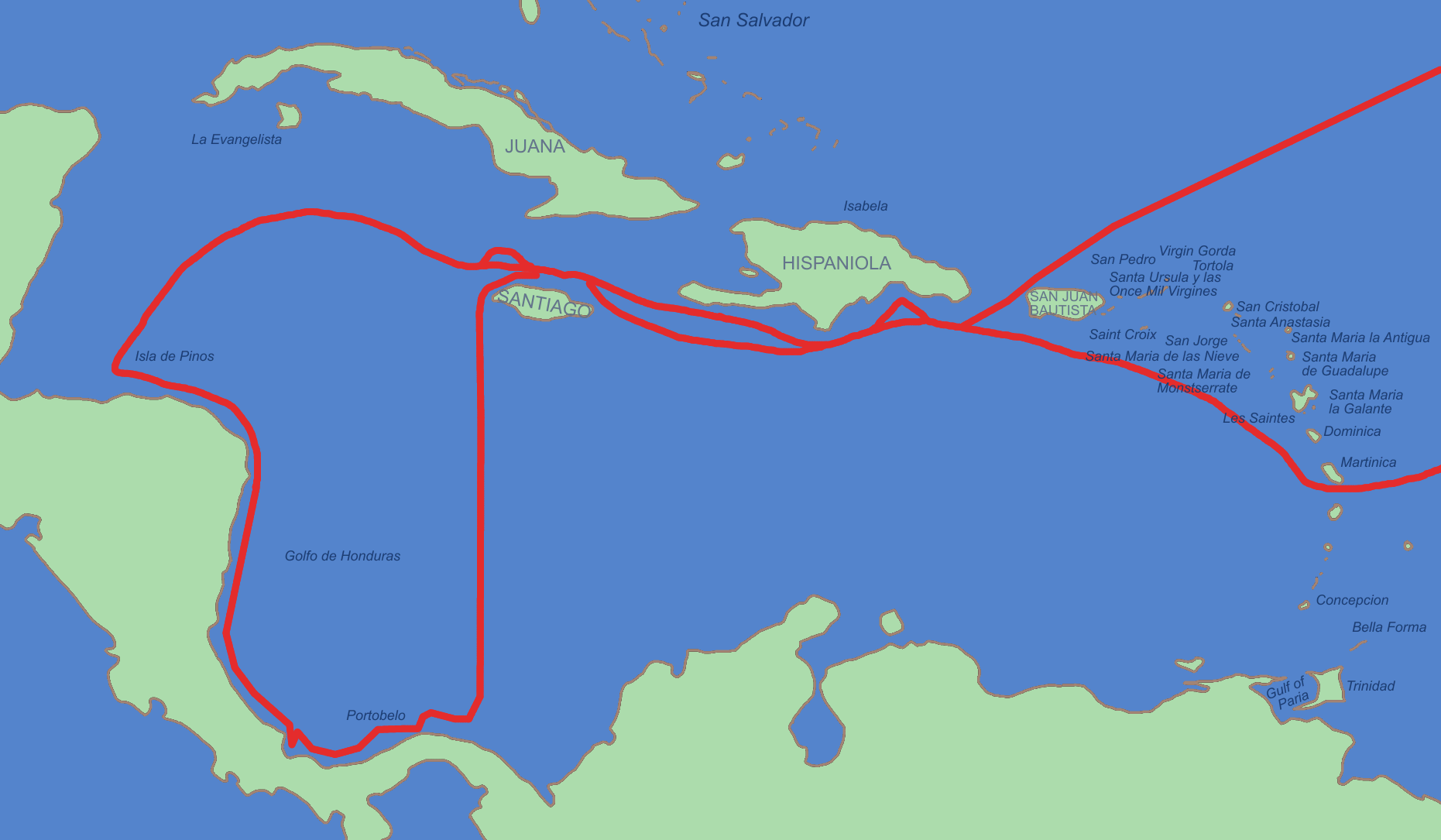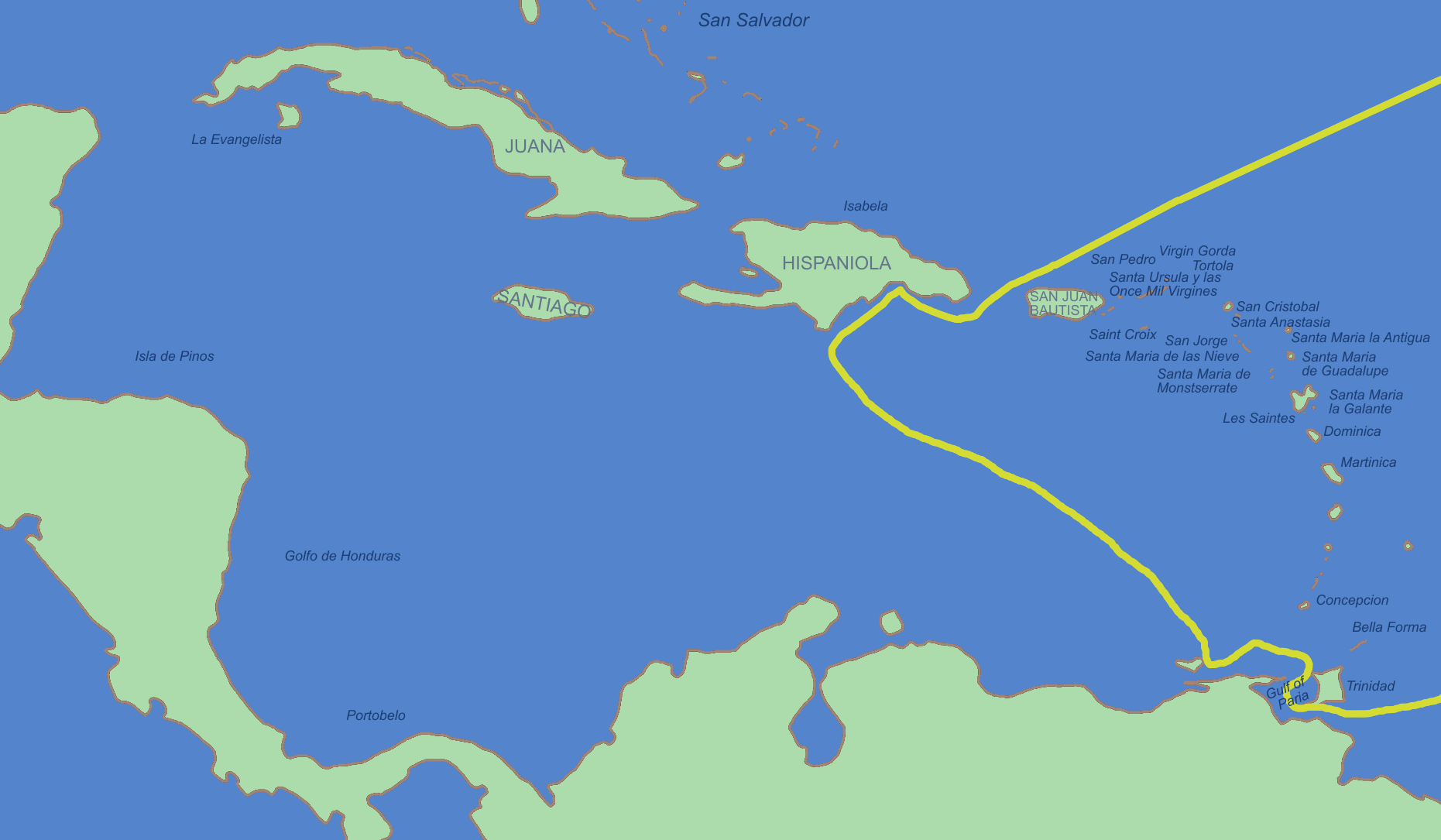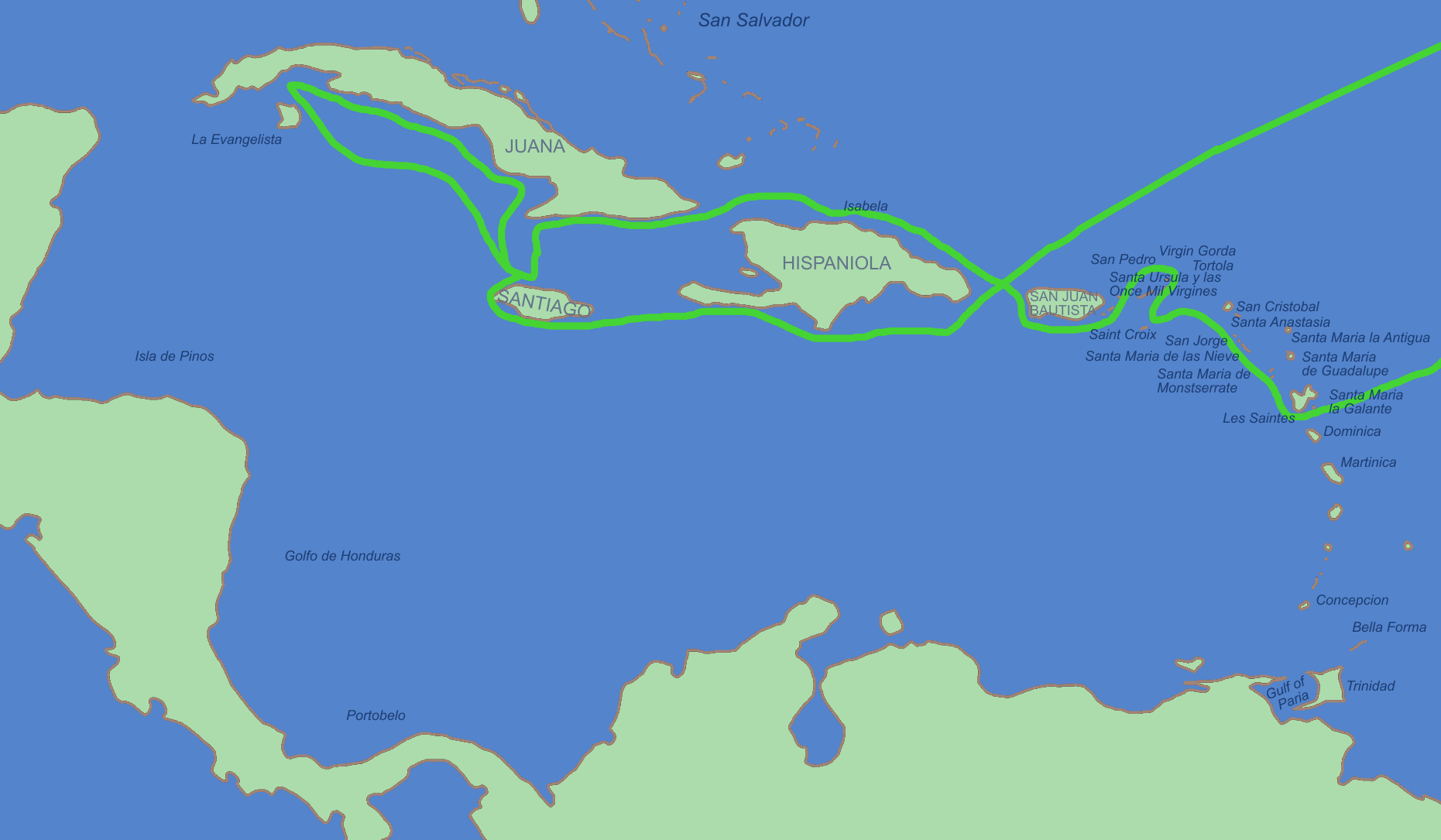Haunted Houses are an essential part of Halloween. They include both practical effects, psychological effects, and special effects. But where did these come from and what exactly is out there?
The first special effects that are associated came about because of Pepper's Ghost. This trick was created in the late 1800's by John Henry Pepper. It simply takes an L shape, cutting it in half by a plate of glass and a mirror next to the glass. The audience can only see one half of the L. In the side the audience can't see, there is an actor wearing a ghostly outfit and the room looks identical to the room the audience can see. When the lights are lit in a certain way, the reflection of the actor appears to the audience as being transparent. With changing the lighting, the actor can appear to morph into something else or disappear completely. This trick has been used in countless haunted attractions, stage shows, movies, and carnivals.
 |
| Diagram of the Pepper's Ghost Illusion |
The first haunted attractions came about as part of the carnivals and circuses of the early 20th Century. Sideshows, freak shows, oddity museums, fun houses, and dark rides were staples of the carnival experience. The first haunted house attraction (that is credited as such) was the Orton and Spooner Haunted House in 1915, which drew inspiration from the scary moral tales that parents would tell their children to keep them from doing bad things.
There wasn't a large understanding of haunted attractions as we know them today. From the 1930's-60's, movie theaters would pair a scary movie with a live feature, which would be seances, magicians, or other seemingly other worldly acts. These events were called "Midnight Spooks".
The birth of shock rock had a direct influence on the haunted attraction. Shock rock was created in the 1950's and has continued to adapt ever since. These bands used horror themed imagery to shock the audience in addition to the music. Probably the first of these was Screaming Jay Hawkins, who would perform
"I Put a Spell on You" and rise from a coffin.
 |
| Screaming Jay Hawkins in voodoo outfit - 1960's |
The shock rock performances really amped up the scare factor that could be used in haunted attractions. Haunted attractions began to pop up across the country. In the 1970's and 80's, charity haunted attractions began to pop up with proceeds going to charities. In those days, there were few prop companies in existence, so usually the imagery had to be created by the owners. The artistry was crude at best most of the time. By the 90's, prop companies were feeding off the increase of prop companies that exploded due to the success of horror movie franchises in the 80's.
In the 90's a religious movement was used to take attention away from Halloween; this was called the Anti-Halloween Movement. These haunted houses were called hell houses and depicted scenes from hell and different forms of sin.
By the early 2000's, the haunted attraction industry was massive. Props were much better quality than they had been previously. New music emerged for the haunted attraction, called dark ambient, which added to the eerie sounds of haunted houses.
Today, there are all sorts of different types of haunted attractions, many of which are combined in a single attraction. The different attraction are haunted house, haunted experience, haunted forest/trail, haunted hayride, haunted theme park (also known as a screampark), dark maze or chain maze, hell house, dark ride, haunted cornfield maze, home haunt, ghost run, and yard haunt/yard display. The industry has grown into a multi-billion dollar industry. The quality now is top notch, and sure to scare you.
Check out a haunted attraction near you and have a happy Halloween!





